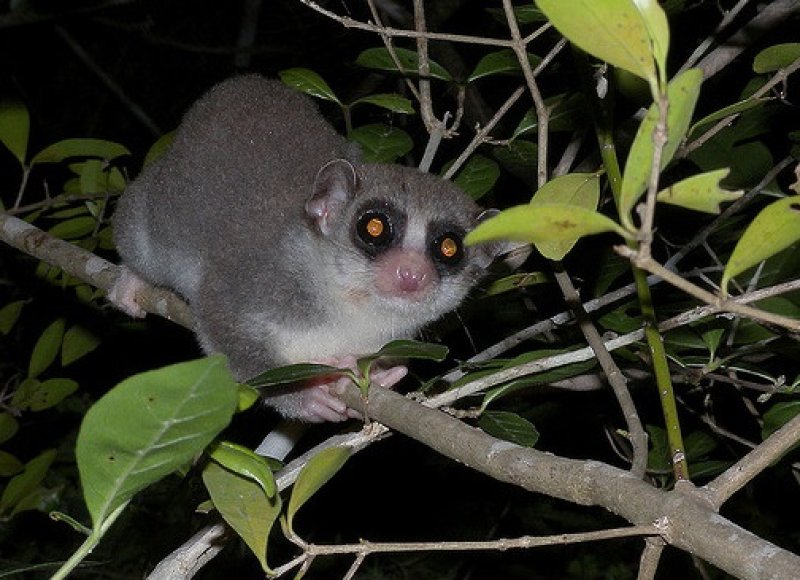When an animal hibernates, its metabolism slows, allowing it to go without food or water for long periods of time. Plenty of animals hibernate, including bats and bears and chipmunks, but new research has revealed that two species of dwarf lemur—primate relatives of humans—also hibernate. By mining the genomes of these species, scientists might uncover biological pathways that could allow us to achieve suspended animation for long-distance space travel, writes io9’s Joseph Bennington-Castro:
The new discovery may eventually help scientists figure out how to induce hibernation in people. “There is a lot of research into that topic,” Blanco says. Currently, there are scientists who are looking at what’s going on physiologically during hibernation, while other researchers are focusing on the gene expression of the behavior. “Because the lemurs are primates, our biology is more similar to them than to squirrels, so hopefully we will be able to find similar genes and processes that could help us hibernate,” she says.
Read the full article here: Are these dwarf lemurs the key to long-distance space travel?































